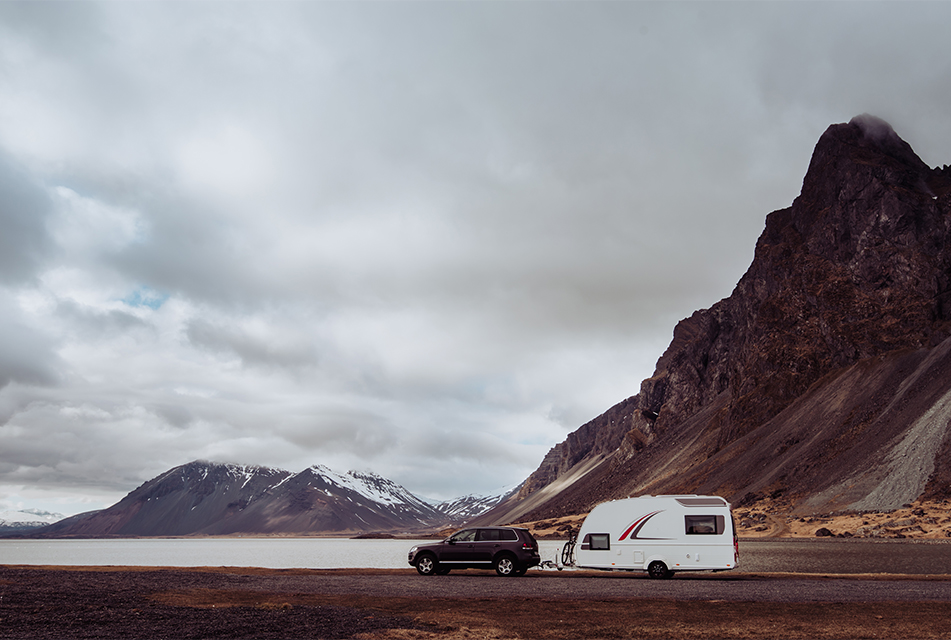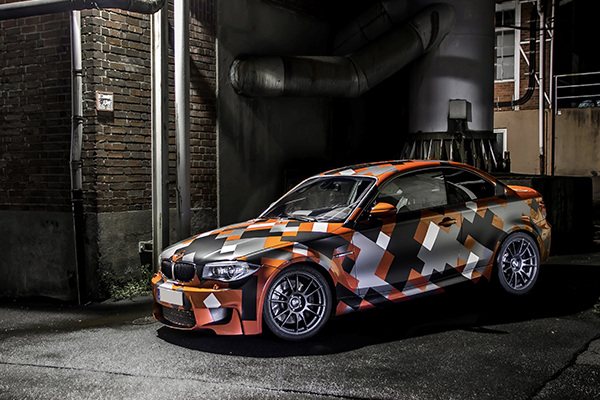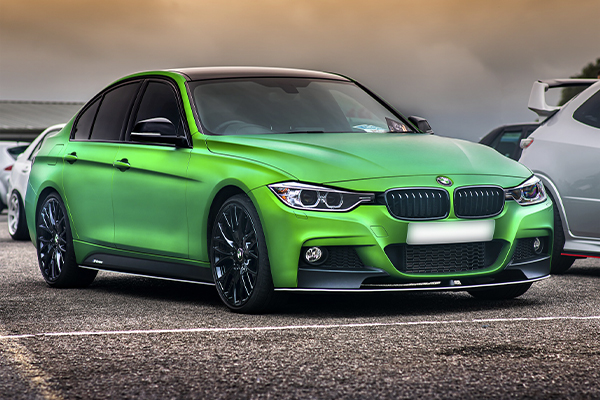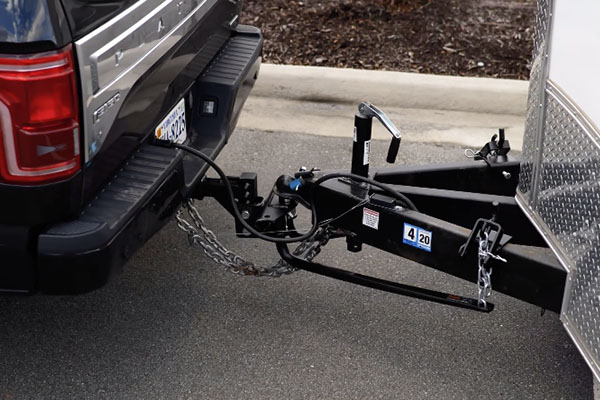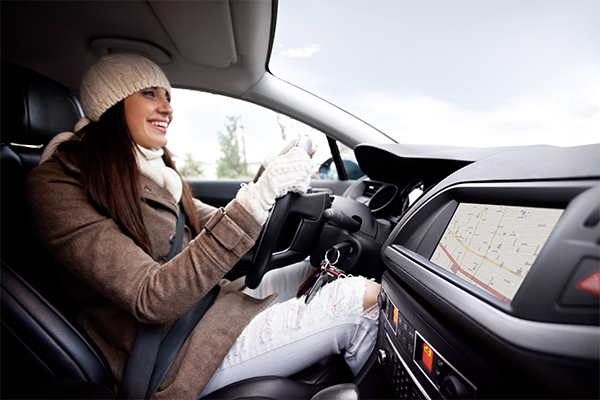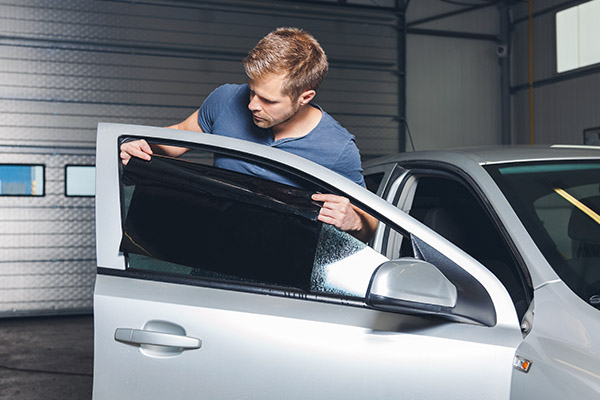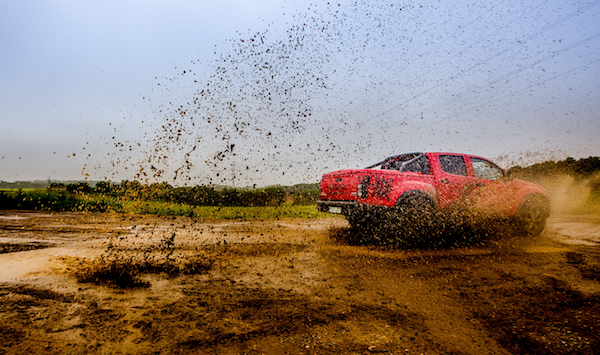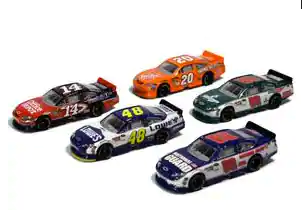A truck is great for getting work done, but what if you don't have one? Fear not—you can still make things happen. If you have a car, van, or crossover, odds are your vehicle has a tow rating. As long as you follow common sense when towing, you can probably get the job done with your car. Here's how.
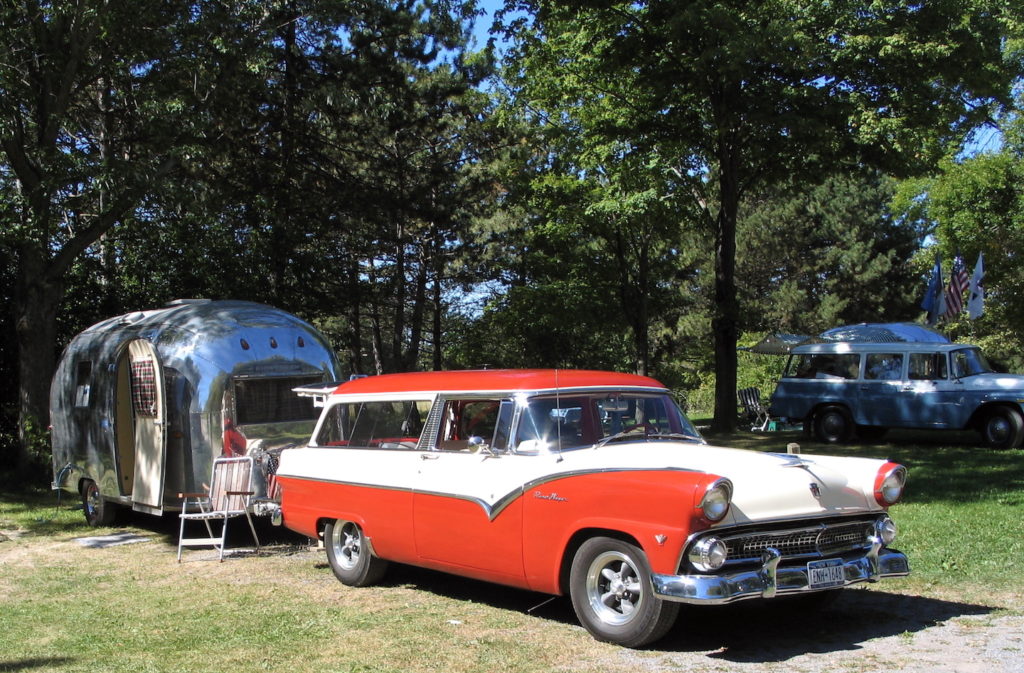 1955 Ford Ranch Wagon towing an Airstream, Source | Flickr
1955 Ford Ranch Wagon towing an Airstream, Source | Flickr
All show, no tow?
Check if towing is even possible in your vehicle by looking in your owner's manual. In the cargo and towing section it might state something along the lines of, “Manufacturer does not recommend towing with your vehicle." At this point, it's time to look into a truck rental. But if the manual lists a certain towing capacity of "x" pounds, this is the manufacturer's weight limit for towed loads. If you don't have your owner's manual, you can find many vehicles' tow ratings online.
Don't base your opinion of towing success on looks or power, as there are several cars that can tow surprising loads. The current Ford Mustang GT, with a 5.0L V8 making 400 lb/ft of torque, has a tow rating of 1,000 pounds. Oddly, the small 10th-generation Toyota Corolla, equipped with a 2.4L four cylinder, has a 1,500-pound tow rating. If you have a Honda Odyssey with a 3.5L V6, you can tow up to an impressive 3,500 pounds. You may be wondering why these tow figures are so low compared to modern full-size trucks. The short answer is safety.
The Mustang GT has the torque to theoretically tow a space shuttle. The issue is, it can't do it safely on public roads for an extended amount of time. Let's say you have that Mustang with its tow rating of 1,000 pounds. A buddy asks you to dramatically exceed that and tow his or her 3,000-pound Ford Focus across town. It can be done… badly. The Mustang could physically tow the Focus, but it would do so with dramatically increased drivetrain wear and potential serious damage to the chassis. The brakes would be inadequate for the increased weight, and the trailer or towed car will sway on the highway as it tries to match the movements of the tow vehicle. In short, it would be a scary and damaging drive, so in the real world don't ever exceed the tow ratings.
Get hitched
To connect that trailer to your tow vehicle, you'll need a hitch. A tow hitch attaches to the chassis of the vehicle to create the strongest point to connect a trailer or camper. Most hitches bolt onto the vehicle with basic tools and take less than an hour to install. Like with vehicles, don't go by looks alone, as similar-looking hitches can have wildly different tow ratings. The two main points you will need to look at are the class rating and the receiver opening. Class I hitches are rated up to 2,000 pounds gross trailer weight, with a 200-pound maximum trailer tongue weight. The tongue weight is simply the force exerted on the hitch from the trailer.
For a real-world example, this means if you have a 400-pound light trailer hauling a 560-pound Harley-Davidson Sportster, you're plenty safe with this hitch. The Corolla mentioned above would have no problem towing 960 pounds out of its 1,500-pound tow rating, if the tongue weight stayed under 200 pounds. Set the Harley above the trailer axle for a neutral load on the trailer tongue. This Class I hitch usually has a 1-1/4" square receiver opening. This size accepts ball mounts but can also take bike racks, cargo carriers, or other accessories. Class II hitches are medium duty, rated for up to 3,500 pounds of trailer weight and 300 pounds of max tongue weight. Class III are even heavier duty, with a trailer weight of 6,000 pounds and tongue weight of 600 pounds. Keep in mind, it's the hitch that can handle that, not your Corolla. For more details about tow hitches and getting geared up for towing, check out our tips for first-time towers.
Going the extra mile
For a single trip towing across town, no extra equipment is required. If it looks like you may need to tow more often, here are some additions that can help make it easier and safer.
- Towing mirrors help you see past the trailer. Since rear visibility takes a huge hit while towing, these extended mirrors let you see around it. Other motorists will appreciate that you can see them.
- Trailer wiring kits make it easy to stay safe and legal out on the road. Most passenger cars don't have trailer wiring from the factory, so getting the brake lights and turn signals to work can mean splicing wires. Trailer wiring kits are plug-and-play.
- Transmission coolers keep the temperatures down in one of your vehicle's critical drivetrain components. Heavy loads make your vehicle work harder, increasing heat, which can damage a transmission. These affordable add-ons reduce the potential for expensive damage from towing.
- Larger rotors with heavier duty pads will allow you to safely stop that heavy load. The factory brakes were meant to stop just the vehicle's weight, so they can overheat when trying to stop additional weight.
- Hitch covers look cool. Technically they offer some protection from the elements so the receiver doesn't rust, but mainly they offer a unique way to customize your ride.
You can tow without a truck, but you have to do it the right way to stay safe. Ever towed something with a car? Share your towing tips in the comments.
